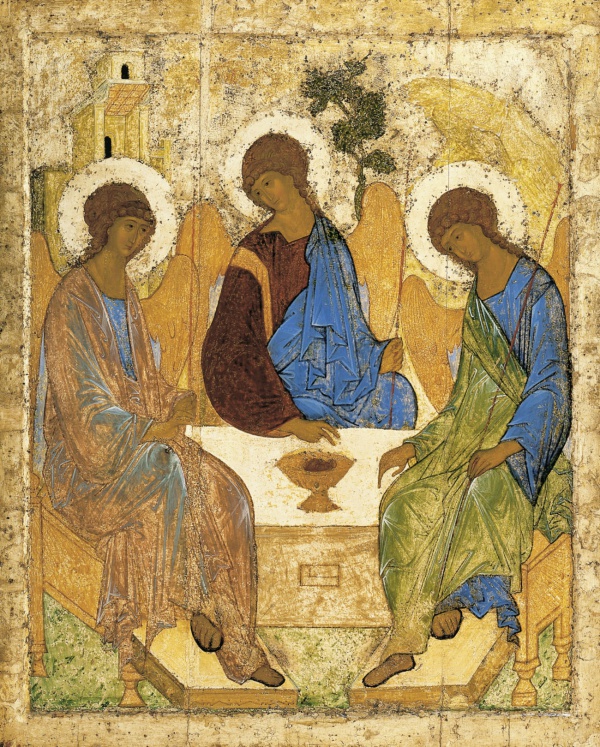Facts About The Trinity
"The Trinity" is a renowned painting by Russian artist Andrei Rublev, created in the 15th century. Celebrated as one of Russia's most famous icons and a true masterpiece, this painting holds a special place in Russian art history. It depicts the three angels who visited Abraham at the Oak of Mamre, but it is widely interpreted as symbolizing the Holy Trinity.
This icon was commissioned to honor Saint Sergius of Radonezh at the Trinity Lavra of St. Sergius, located near Moscow. While the exact details of its history and authorship have sparked considerable debate among scholars, it remains an enduring symbol of faith and artistry.
In the painting, three angels are shown seated around a table, with a cup containing the head of a calf at its center. Their arrangement in a circular composition signifies unity and eternity, reflecting the Christian concept of the Trinity—the Father, the Son (Jesus Christ), and the Holy Spirit. The icon is deeply symbolic, with each element representing different facets of the Trinity and Christian theology.
Over the centuries, "The Trinity" has undergone numerous restorations and cleanings, which have unveiled Rublev's original work beneath layers added by later artists. Today, this treasured icon is housed in the Tretyakov Gallery in Moscow, where it is revered as a national treasure. Despite ongoing debates about its creation and authorship, Andrei Rublev is widely recognized as the artist behind this iconic piece.
Preserving "The Trinity" is a continuous effort, with conservationists dedicated to maintaining its stability and original features. The icon has inspired consecrated copies that hold sacred status within the Orthodox tradition. These replicas are kept in the iconostasis of the Trinity Cathedral in Sergiyev Posad, ensuring that Rublev's legacy continues to inspire and be venerated.

 Latvia
Latvia